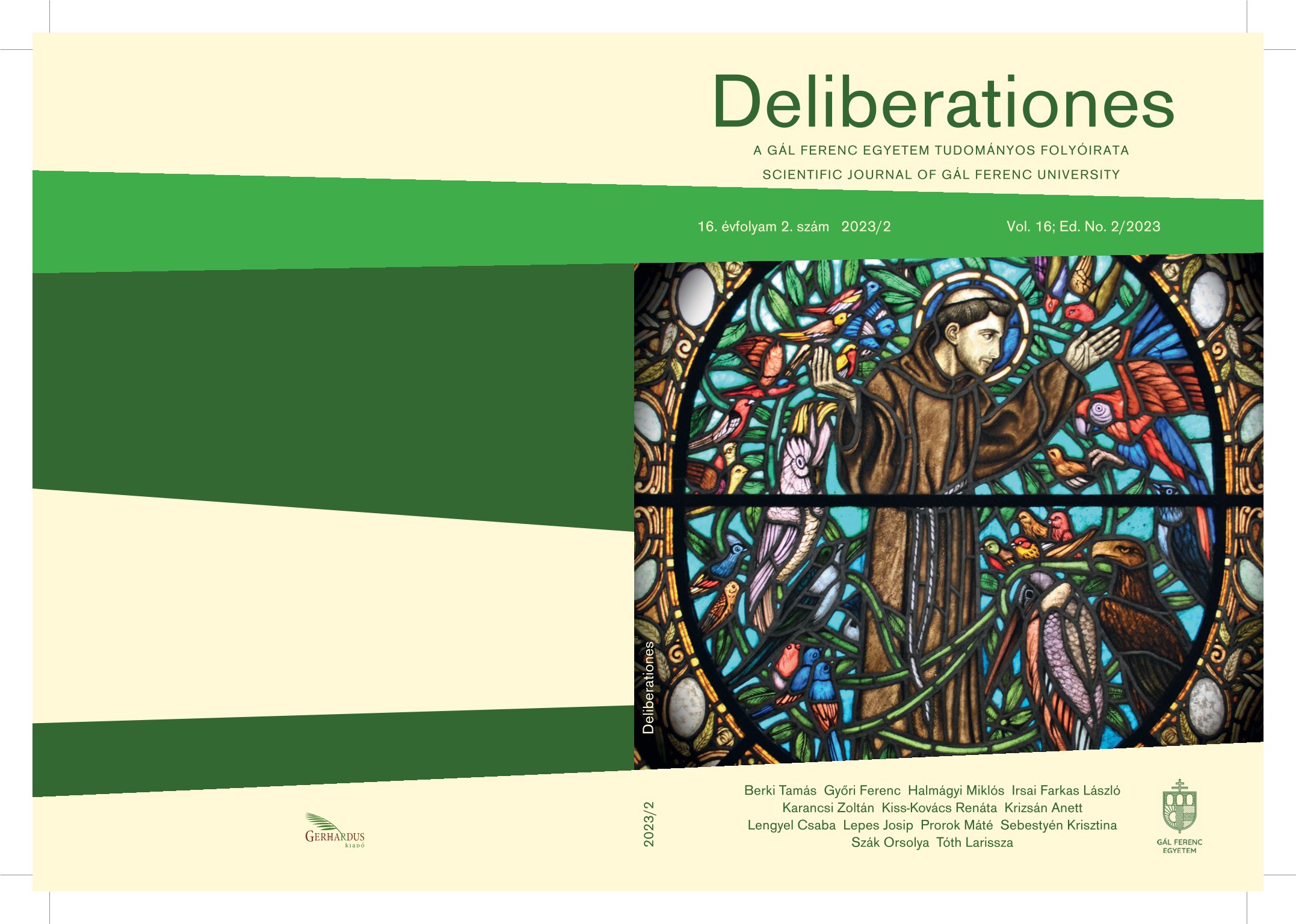Abstract
The main topic of my article is the tourism’s authenticity. Professionals began to pay attention to the topic officially in the 1960s, after Daniel Boorstin published his work on pseudo-events. The book shows the change in the concept of travel, the introduction of the new perspectives and the "deception" of the tourists in a novel approach.
Boorstin's theories were further considered by Dean MacCannell. In his opinion, locals and tourists distance themselves from each other, because the people living in the given town do not want to share their everyday life with visitors, that is, they consciously block off a part of reality from outsiders.
Tourism authenticity starts with the publications of Boorstin and MacCannell. At the same time, the initial (perhaps restrained) period of this changed into a postmodern approach not long after.
Ning Wang definitely favors novel ideas. In his writing, he lists three different types of authenticity: objective, constructive (also known as symbolic), and existential authenticity. The first is the traditional approach of Boorstin and MacCannell, which is about playing and acting out reality. The second is the exact opposite of the aforementioned, and the third ironically includes the question of inauthenticity.
However, Wang's studies do not provide a comprehensive explanation in the investigation of the question of authenticity. Tim Edensor, the last defining character in the article, tries to fill this gap. At the same time, Edensor moves away from authenticity in the strict sense of the word and tries to think in terms of theatricality.
It categorizes the theatricality of tourism, analyzes the relationship between people and events, studies the participants in everyday tourism, and examines the so-called performances. Edensor omits the use of the word authentic from his study, yet it is clear to his reader what the author is interested in and deals with.
The writings listed in the article prove to be essential in researching the authenticity of tourism - even if they do not lead to a clear conclusion. Also, as Ning Wang said, authenticity still offers many research opportunities.
References
Boorstin, D. (1964). The Image: A Guide to Pseudo-Events in America. Harper Colophon
Books.
Cohen, E. (1988). Authenticity and Commodization in Tourism. Annals of Tourism Research,
(3), 371-386.
Culler, J. (1981). Semiotics of Tourism. American Journal of Semiotics, 1(1), 127-140.
Eco, U. (1986). Travels in Hyperreality. Picador.
Edensor, T. (2001). Performing tourism, staging tourism. (Re)producing tourist space and
practice. Tourist Studies, 1(1), 59-81.
MacCannell, D. (1999). The Tourist. A New Theory of the Leisure Class. University of
California Press.
Wang, N. (1999). Rethinking Authenticity in Tourism Experience. Annals of Tourism
Research, 26(2), 349-370.
